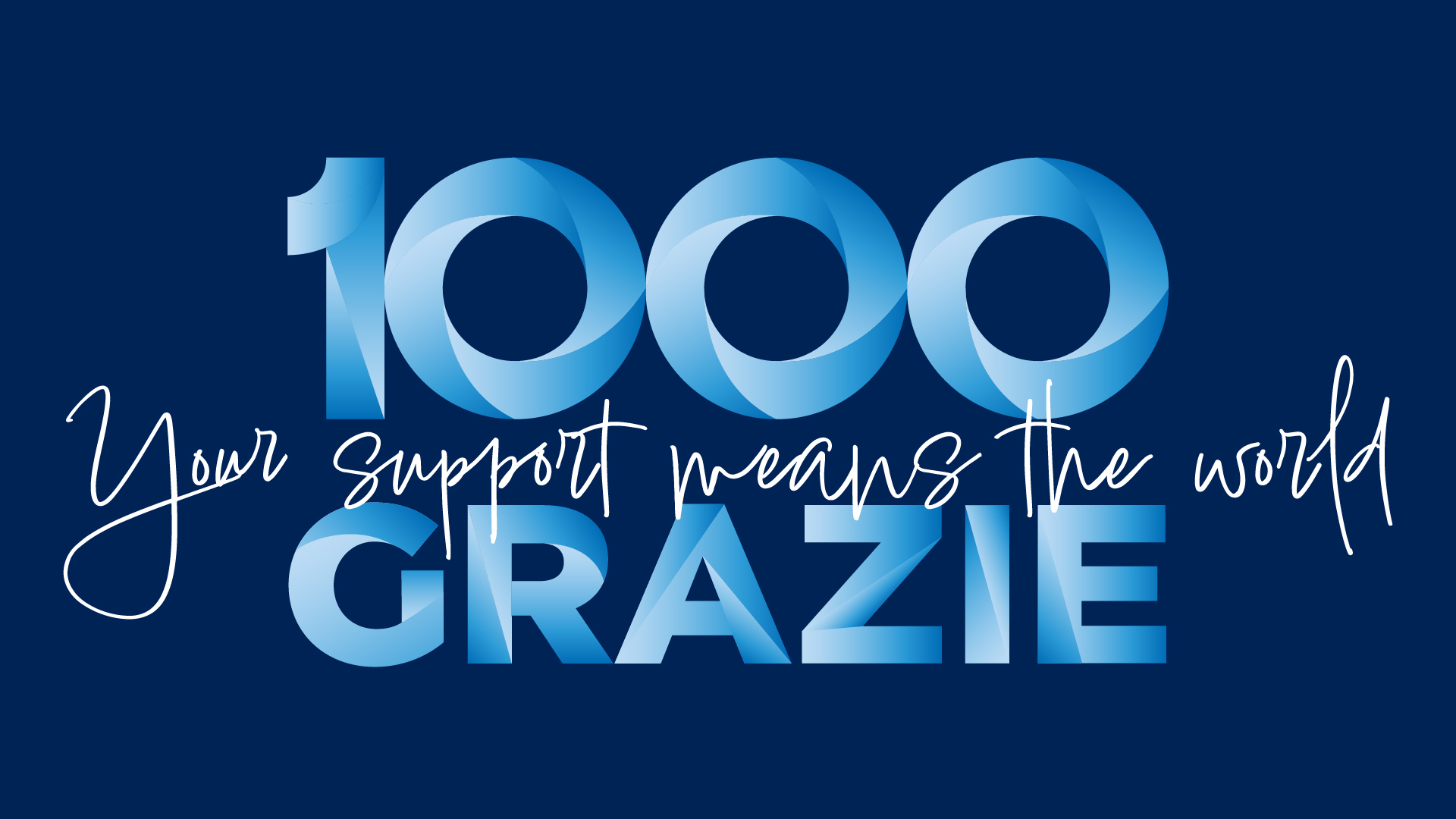Science That Fights Educational Poverty

Educational poverty has two dimensions. The first, easier to observe and therefore more discussed, is quantitative. In Italy, 13.1% of young people do not complete high school, one of the worst figures among Western countries, and the percentage of adults aged 25-64 with a college degree (21%) is half the OECD average. But there is also a qualitative dimension, which relates to distorted access to education on a socioeconomic basis or the lack of a learning environment tailored to the needs of all. To the percentage of children who drop out of high school, one must add another 9.5% who complete it, but without achieving the minimum basic skills.
The qualitative dimension of educational poverty has been dealt with for years by researchers at LEAP, the Laboratory for Effective Anti-Poverty Policies at Bocconi, facilitated in part by an agreement with the National Institute for the Evaluation of the Educational System of Education and Training (INVALSI) and the Ministries of Education and Merit and University and Research, which guarantees access to anonymized data of great quality.
The laboratory's evaluation work, supported by Fondazione Romeo ed Enrica Invernizzi and, for specific projects, by Fondazione Cariplo and Unicredit Foundation, has shown that it can give policymakers rigorous empirical evidence on the functioning of experimental educational programs that, when proven effective, could be replicated on a larger scale to improve the quality of education.
Read the full article at Bocconi Knowledge
latest news & events



